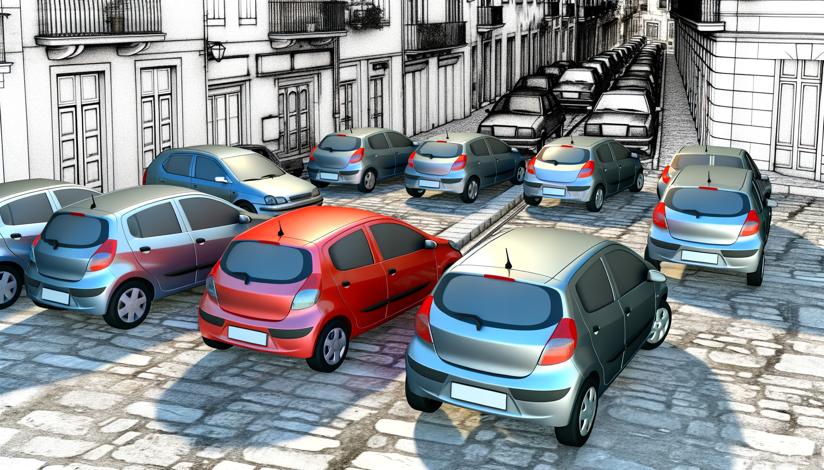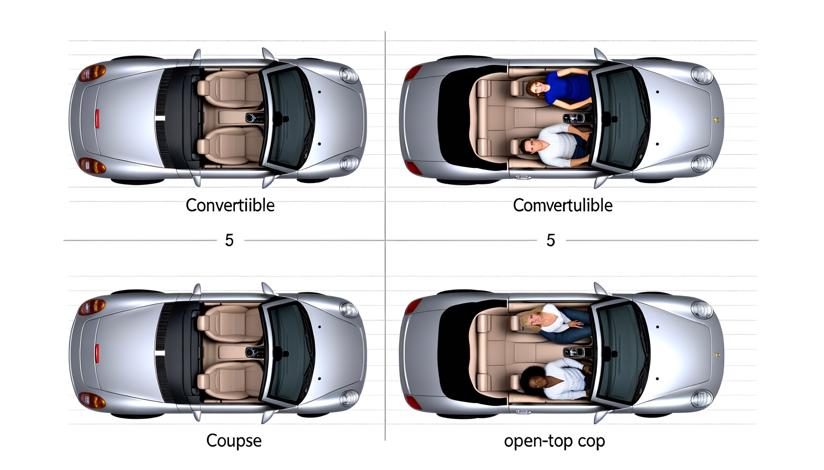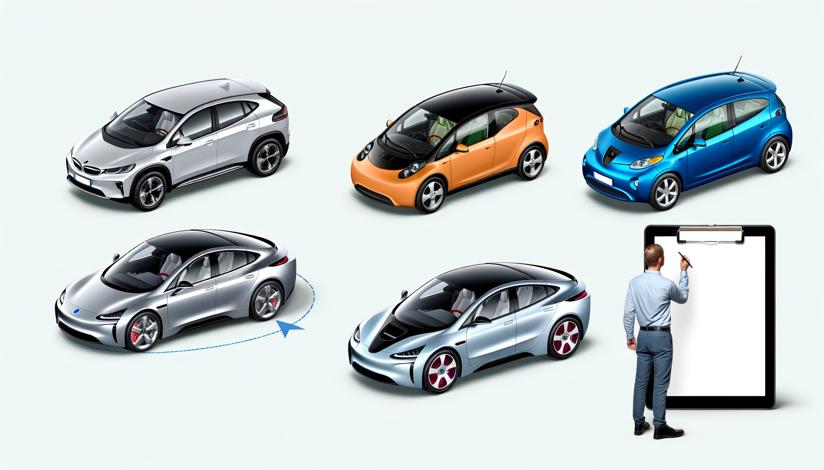

Autonomous vehicles have been a topic of great interest and excitement in recent years. With advanced technologies such as Artificial Intelligence (AI) and Machine Learning (ML), autonomous vehicles have the potential to transform transportation as we know it. Among the various types of autonomous vehicles, cars and trucks are the most commonly discussed ones.
Autonomous cars have been in development for quite some time now, and major companies like Tesla, Waymo, and Uber have made significant progress in this field. These cars are equipped with sensors, cameras, and advanced AI systems that allow them to navigate on their own, without the need for human intervention. They are designed to ensure passenger safety and provide a comfortable and convenient driving experience.
On the other hand, autonomous trucks are also gaining momentum in the industry. These trucks, also known as self-driving trucks or driverless trucks, are designed to transport goods and materials without human drivers. They are equipped with advanced AI systems, sensors, and cameras that allow them to navigate highways and deliver goods efficiently.
When it comes to the future of autonomous vehicles, both cars and trucks have their own unique advantages and challenges. Autonomous cars have the potential to revolutionize personal transportation by providing a safer and more efficient alternative to traditional cars. They can reduce traffic congestion, lower accidents caused by human error, and offer increased mobility to people with disabilities or those unable to drive.
On the other hand, autonomous trucks have the potential to revolutionize the logistics industry by increasing efficiency and reducing costs. They can operate 24/7 without the need for breaks, reducing the time and money spent on transportation. Additionally, autonomous trucks can also provide safer transportation by eliminating human errors that often lead to accidents.
While both autonomous cars and trucks have their own set of advantages, there are also challenges that need to be addressed. Safety is one of the biggest concerns when it comes to autonomous vehicles. Ensuring the safety of passengers and pedestrians is crucial, and the technology needs to be able to handle various complex scenarios on the road. Another challenge is the legal and regulatory framework surrounding autonomous vehicles. Laws and regulations need to be updated to accommodate autonomous vehicles and ensure they operate within the legal boundaries.

Increased safety
Improved efficiency

Safety concerns
Legal and regulatory challenges














-
https://www.tesla.com/autonomous
-
https://waymo.com/
-
https://www.uber.com/us/en/autonomous-vehicles/





























